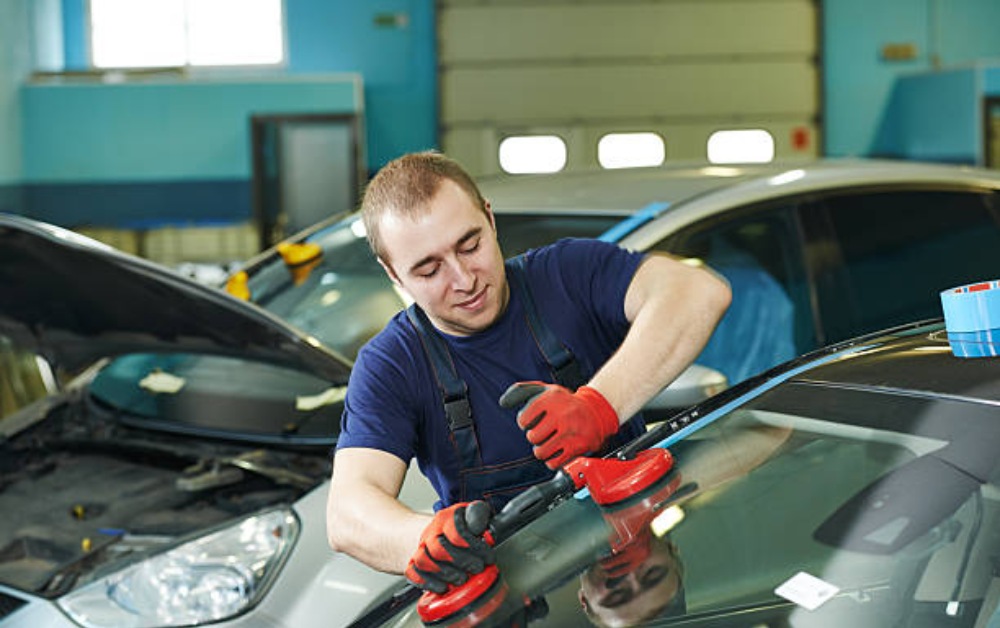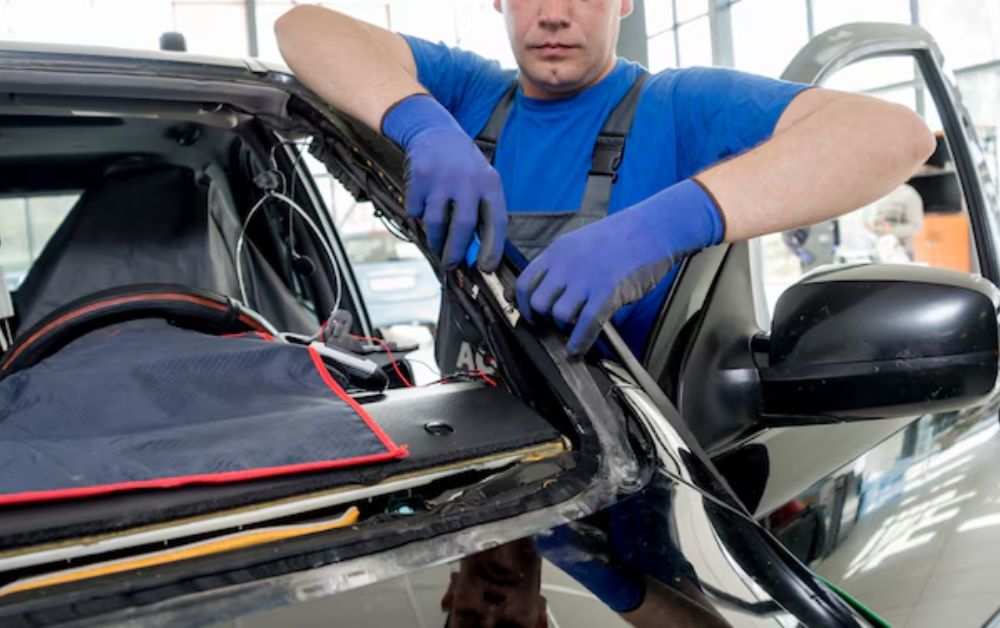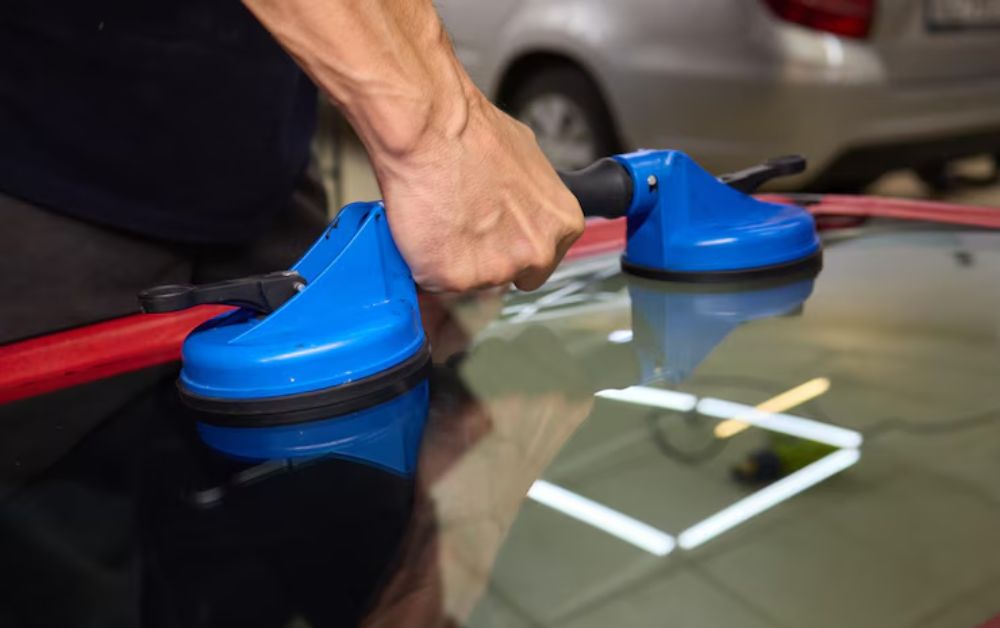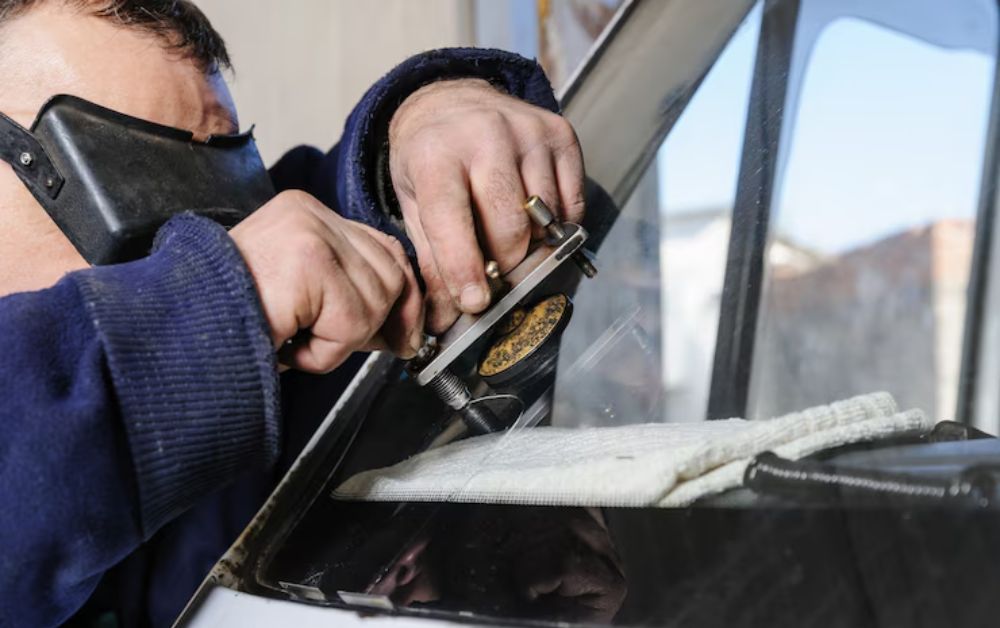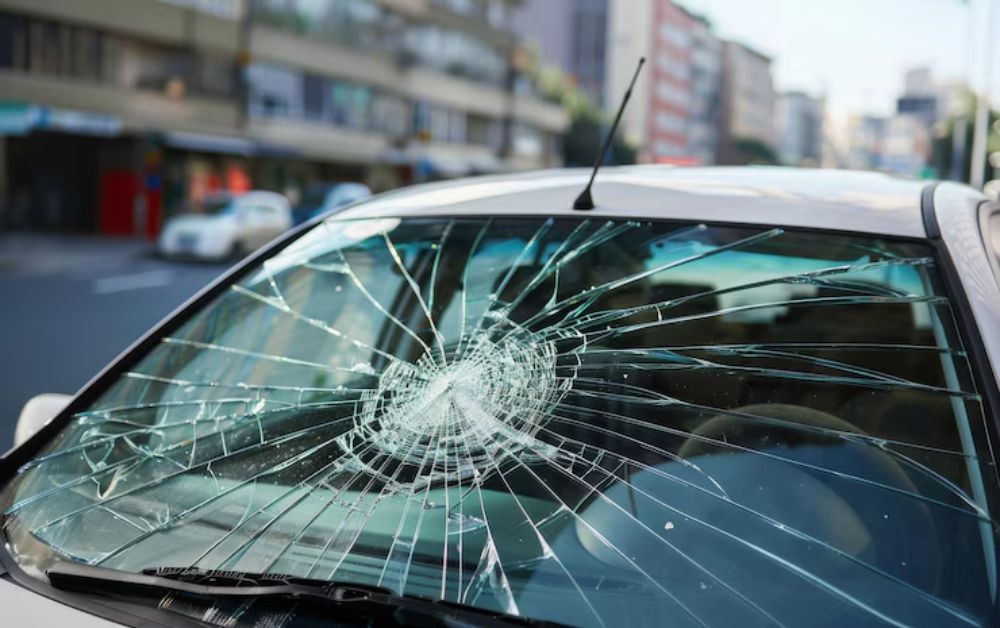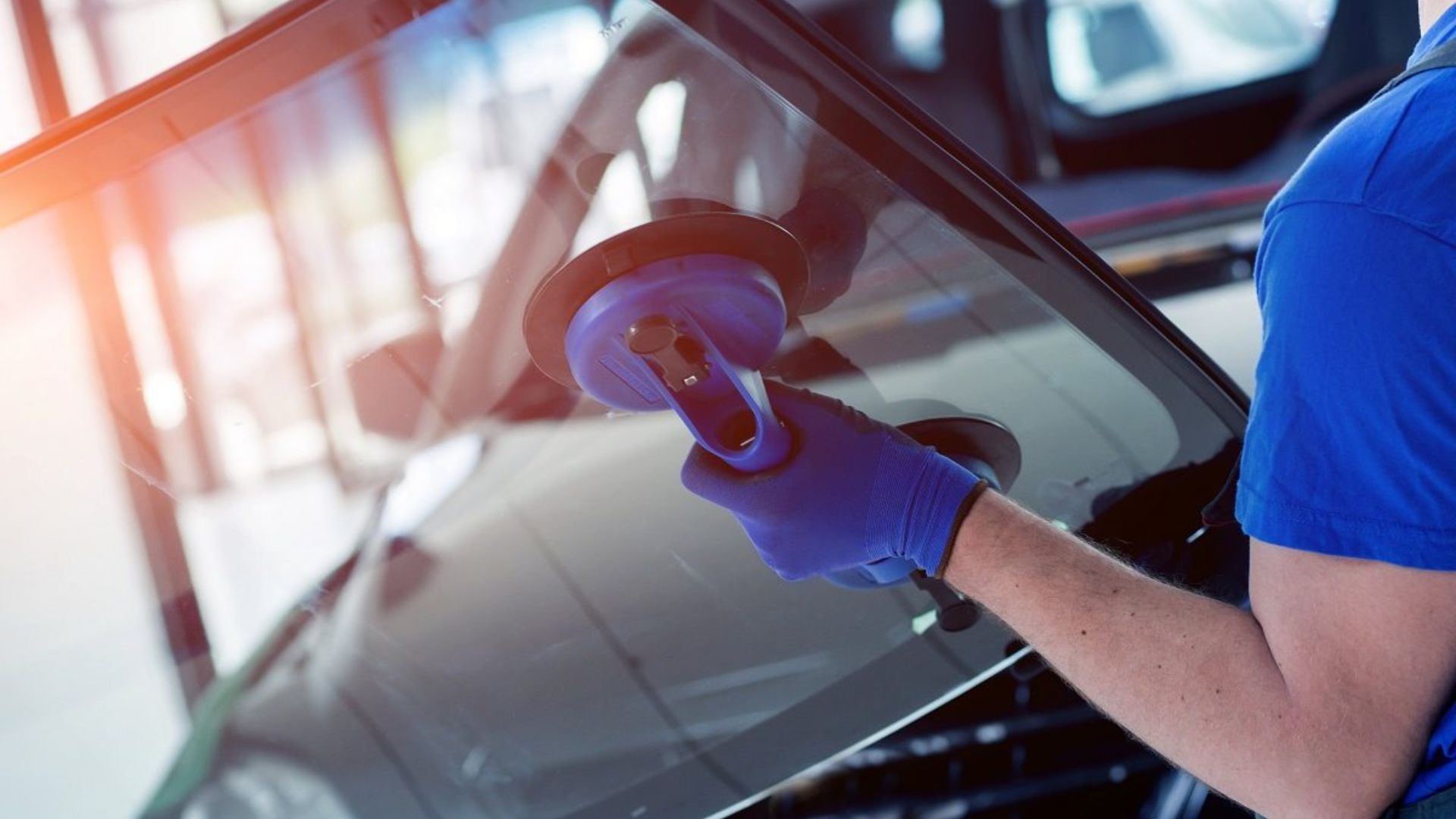Car maintenance involves much more than oil changes and tire rotations. One crucial component that many drivers often overlook is their vehicle’s glass—especially the windshield and windows. Cracks, chips, or even slight damage might seem minor at first, but ignoring them can lead to serious safety risks and costly repairs. This is why regular inspections and timely car glass service AbuDhabi are essential for keeping both your vehicle and your wallet protected.
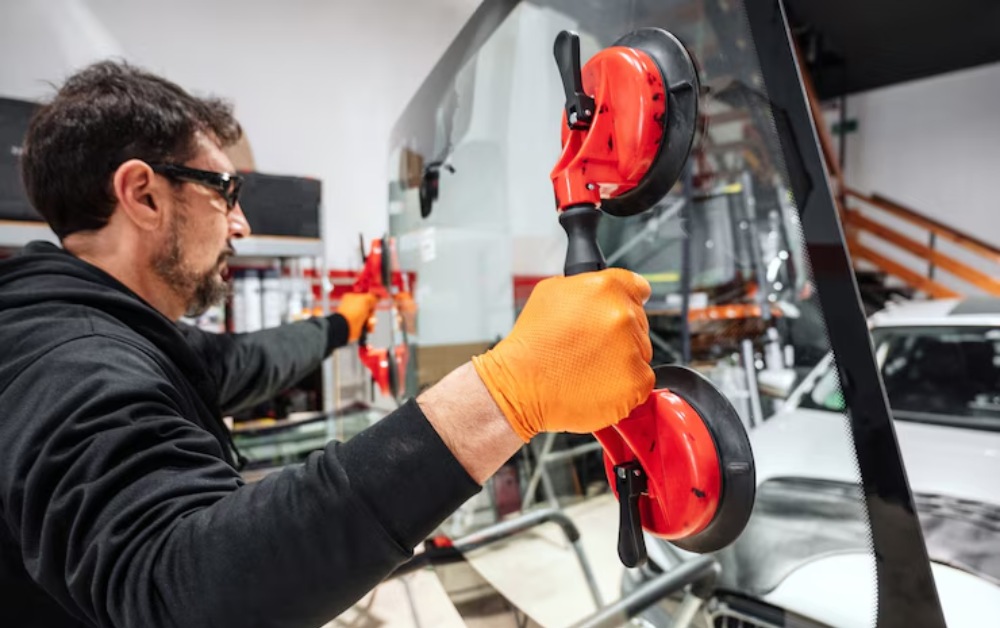
The Importance of Regular Car Glass Inspections
Your car’s glass is not just for visibility; it also plays a vital role in structural support, passenger protection, and airbag deployment during accidents. Even the smallest crack can weaken the integrity of the glass, which might shatter under pressure or fail during an impact. Regular inspections help detect these issues early before they become serious hazards.
In Abu Dhabi, where road conditions can range from high-speed highways to sandy terrains, your car glass faces constant exposure to flying debris, stones, dust, and extreme heat. These conditions make vehicles more vulnerable to chips and cracks, further emphasizing the need for reliable car glass service AbuDhabi.
How Ignoring Small Damage Can Cost You More
Many car owners delay repairing small chips or cracks, thinking they are insignificant. However, these small damages often spread due to temperature fluctuations or vibrations from driving. A minor chip that could have been fixed for a small cost can quickly grow into a large crack that requires full windshield replacement, which is significantly more expensive.
Additionally, a damaged windshield can lead to failed vehicle inspections or even legal penalties under traffic safety regulations. That means you might not just face repair costs but also fines or delays in your car’s usability.
Preventive Maintenance Saves Money
Regular car glass inspections are a form of preventive maintenance. Technicians can spot potential issues that may not be visible to the untrained eye, such as edge cracks, delamination, or loose seals. These early detections can help:
- Avoid full glass replacements by fixing small issues promptly.
- Ensure optimal safety for all passengers.
- Maintain the aesthetic and resale value of the vehicle.
- Prevent moisture leaks and wind noise from growing unnoticed.
Many providers of car glass service AbuDhabi offer quick and affordable inspection services that fit into your regular maintenance routine without much hassle.
Signs You Shouldn’t Ignore
While regular inspections are ideal, you should also be proactive if you notice:
- A visible chip or crack, especially in the driver’s line of sight.
- Fogging or moisture between glass layers.
- Increased wind noise while driving.
- Uneven glass tint or light distortion.
These signs suggest that you need immediate professional attention before the issue worsens.
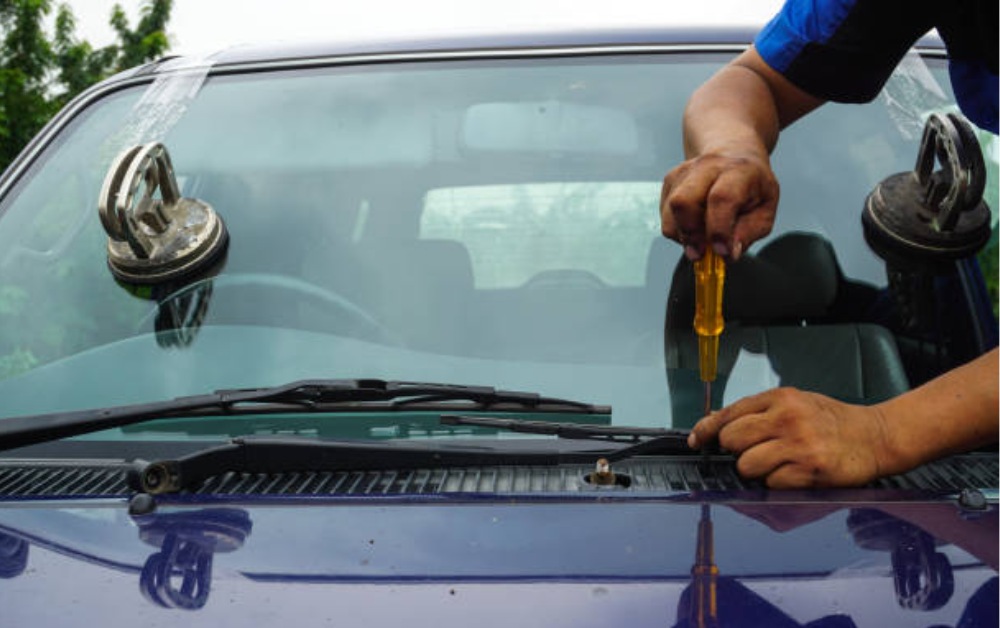
Conclusion
If you’re serious about vehicle safety and long-term savings, regular car glass inspections should be a part of your routine. For expert advice, dependable service, and unmatched quality in car glass service AbuDhabi, Windmaster Autocare LLC stands out as a trusted leader. Their skilled technicians use advanced tools and high-grade materials to ensure your vehicle’s glass is always in top condition—giving you peace of mind and protecting your investment with every drive.


